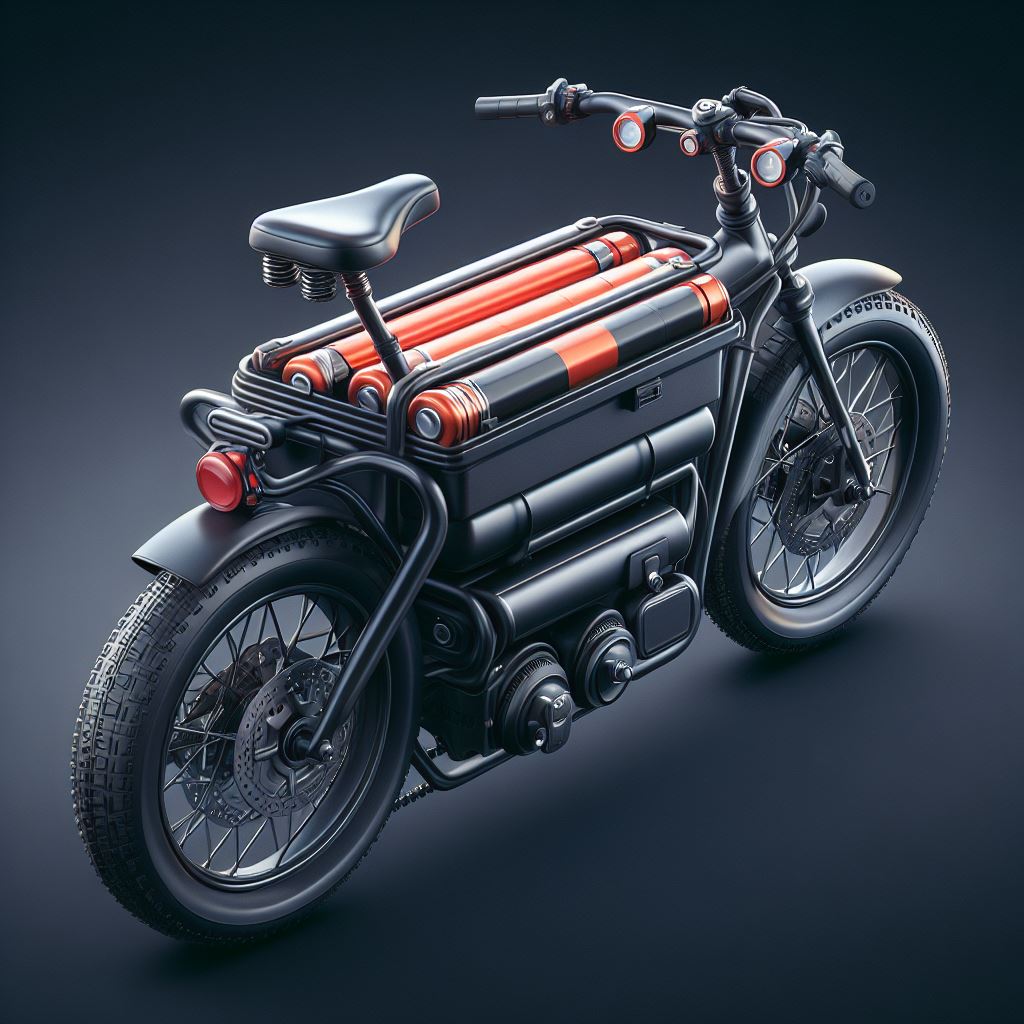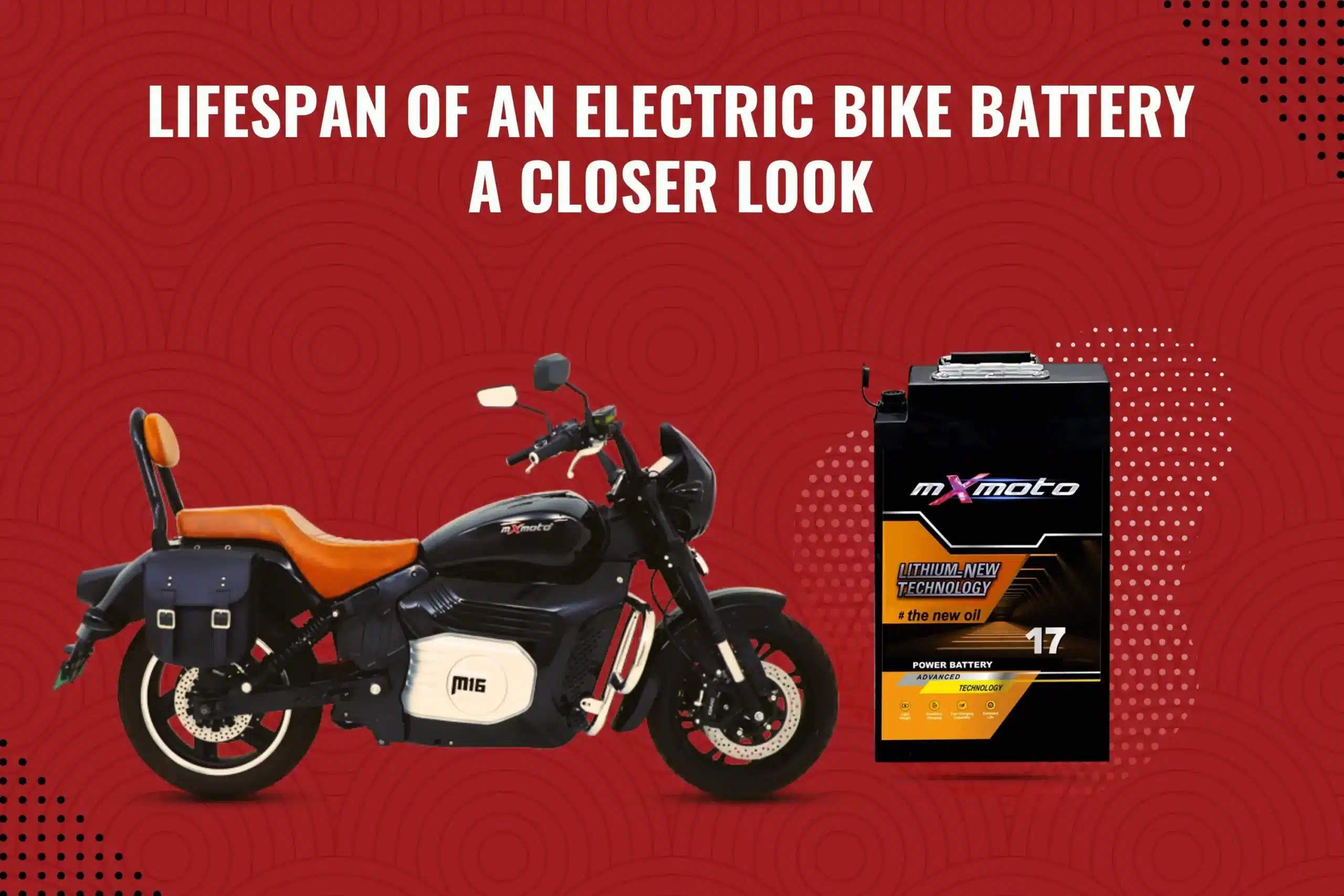Battery life of electric motorbikes sets the stage for this enthralling narrative, offering readers a glimpse into a story that is rich in detail and brimming with originality from the outset. From factors affecting battery longevity to the latest battery technologies, this guide covers it all with a mix of informative insights and practical advice.
As we delve deeper into the world of electric motorbikes, the discussion on battery life becomes increasingly crucial for riders and enthusiasts alike.
Factors Affecting Battery Life

When it comes to the battery life of electric motorbikes, several factors play a crucial role in determining how long the battery will last before needing replacement or recharging. Understanding these factors can help riders maximize the lifespan of their electric motorbike batteries.
Temperature
The temperature at which electric motorbikes are operated can significantly impact the battery life. Extreme temperatures, whether hot or cold, can cause the battery to degrade faster. High temperatures can lead to overheating and damage, while cold temperatures can decrease the efficiency of the battery.
It is essential to store and operate electric motorbikes within the recommended temperature range to prolong battery life.
Charging Habits
The way in which electric motorbike batteries are charged also influences their longevity. Repeatedly charging the battery to full capacity or letting it completely drain can shorten its lifespan. It is advisable to maintain a regular charging routine, avoiding overcharging or deep discharging the battery.
Using the manufacturer's recommended charging practices can help extend the battery life of electric motorbikes.
Battery Capacity
The capacity of the battery itself plays a significant role in determining how long an electric motorbike can run on a single charge. Higher capacity batteries can provide longer ranges but may also have a higher cost. Different electric motorbike models come with varying battery capacities, offering riders options based on their range requirements.
Choosing a model with an appropriate battery capacity for your needs can help ensure a longer battery life.
Battery Technologies

Electric motorbikes rely on different types of battery technologies to power their engines. The most common types of batteries used in electric motorbikes are lithium-ion, lead-acid, and nickel-metal hydride batteries.
Lithium-Ion Batteries
Lithium-ion batteries are widely used in electric motorbikes due to their high energy density, lightweight design, and long lifespan. These batteries offer a good balance between power output and weight, making them ideal for electric vehicles. They are also known for their fast charging capabilities and low self-discharge rate.
Lead-Acid Batteries
Lead-acid batteries are one of the oldest and most affordable types of batteries used in electric motorbikes. While they are heavier and bulkier compared to lithium-ion batteries, lead-acid batteries are known for their durability and low maintenance requirements. However, they have a lower energy density and shorter lifespan compared to lithium-ion batteries.
Nickel-Metal Hydride Batteries
Nickel-metal hydride batteries are a middle ground between lithium-ion and lead-acid batteries in terms of energy density and cost. They offer a decent balance between power output, weight, and cost, making them a popular choice for some electric motorbike models.
However, they are gradually being replaced by lithium-ion batteries due to their lower energy density and heavier weight.Advancements in battery technology are continuously improving the battery life of electric motorbikes. Researchers are working on developing new materials and technologies to increase energy density, reduce charging times, and enhance overall battery performance.
These advancements are crucial for the widespread adoption of electric vehicles and the transition towards a more sustainable transportation system.
Maintenance Practices

Regular maintenance practices play a crucial role in extending the battery life of electric motorbikes
Here are some tips on how to optimize the performance of electric motorbike batteries through maintenance.
Regular Inspections
- Regularly check the battery for any signs of damage or wear, such as leaks or corrosion.
- Inspect the connectors and terminals to ensure they are clean and free of debris.
- Monitor the battery's performance and charging cycles to detect any abnormalities early on.
Proper Charging Techniques
- Avoid overcharging the battery, as this can lead to degradation over time.
- Use the manufacturer-recommended charger and charging settings to prevent damage to the battery.
- Avoid letting the battery completely drain out, as this can reduce its overall lifespan.
Storage Conditions
- Store the electric motorbike in a cool, dry place away from direct sunlight or extreme temperatures.
- If storing the bike for an extended period, ensure the battery is at a moderate charge level to prevent deep discharge.
- Consider using a battery maintenance device or trickle charger to keep the battery in optimal condition during storage.
Range vs. Battery Life
Electric motorbikes have become increasingly popular due to their environmentally friendly nature and low operating costs. One crucial aspect that potential buyers consider is the relationship between the range of an electric motorbike and its battery life.Manufacturers face the challenge of balancing battery capacity to achieve a longer range without compromising battery durability.
This delicate balance is crucial in ensuring that electric motorbikes can travel significant distances on a single charge while maintaining the longevity of the battery.
Electric Motorbikes with Varying Ranges
- Electric Motorbike A: This model offers a range of 100 miles on a single charge. The battery life expectancy for this model is approximately 3-5 years with regular maintenance.
- Electric Motorbike B: With a range of 150 miles, this model boasts an extended travel distance. However, the battery life expectancy is slightly lower at 2-4 years due to the higher energy output required for the increased range.
- Electric Motorbike C: A high-end model with a range of 200 miles, this electric motorbike pushes the boundaries of battery capacity. The battery life expectancy for this model is around 2-3 years, reflecting the strain on the battery to achieve such an impressive range.
Final Summary
In conclusion, understanding the nuances of battery life in electric motorbikes not only enhances your riding experience but also empowers you to make informed decisions when choosing a model. With the right maintenance practices and knowledge about battery technologies, you can maximize the performance and longevity of your electric motorbike's battery.
FAQ Corner
How does temperature affect the battery life of electric motorbikes?
Extreme temperatures can impact battery performance, leading to a shorter lifespan. It's best to avoid exposing your electric motorbike to temperature extremes.
What are the differences between lithium-ion, lead-acid, and nickel-metal hydride batteries in electric motorbikes?
Lithium-ion batteries offer higher energy density and longer lifespan compared to lead-acid and nickel-metal hydride batteries. Each type has its own advantages and disadvantages.
How can regular inspections help extend the battery life of electric motorbikes?
Regular inspections can help detect any issues early on, allowing for timely maintenance and preventing potential battery damage.
Is there a trade-off between range and battery life in electric motorbikes?
Manufacturers strive to balance battery capacity for longer range without compromising battery durability. It's a delicate equilibrium that varies among different models.












